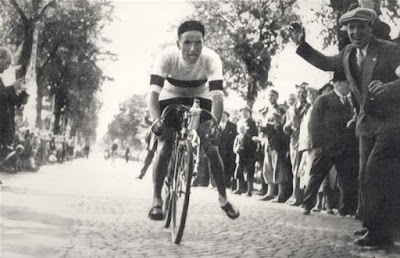Western Wheel Works in Chicago founded by the german Adolph Schoeninger started to produce Crescent bicycles in 1894 and to make them affordable for working people and widening the market with massive exports. In order to lower prices and to widening the market for massive exports they used production methods in order to lower costs dramatically and were preceding Herny Fords concept of mass production.
Export from the United States to Europe generally lowered prices and the so called first bicycle boom was a fact. Especially in Sweden demand and interest in new transportation methods was high and were asking Eli Pettersson and August Lindblad to found Aktiebolaget Amerikansk Cycle Import company in 1896.They started to import those Crescent bicycles from Western Wheel Works and bicycle parts and accessories from other companies and brands.
At some time in between 1907 and 1908 AB Amerikansk Cycleimport started to produce bicycles with the name Crescent at their own. I do not know how they managed to re-use the well known american brand name, but they did.
In 1910 the company moved to Tunnelgatan 10 and the changed name to Velocipedaktiebolaget Lindblad with Eli Pettersson and August Lindblad going separate ways and Pettersson selling motorcycles from now on.
In 1912 Olympics in Stockholm Henrik Morén and the swedish team won gold with Morén riding a Crescent.
Danish racer Henry Hansen rode to Olympic gold in Amsterdam in 1928 on a Crescent lightweight and became world champion in Copenhagen 1931.
In same year cooperation between Lindblads in Stockholm and Nymans in Uppsala started with mowing production of Crescent and Drott to Nymans Verkstäder in Uppsala. In 1960 Crescent was sold together with Nymans to Monark.
Besides the fact that most of the Crescent lightweights were sold with a model name that consists of numbers they got additional namings. Racer, Helracer, Banracer, VM Racer, Specialracer and Pepita are names that are well known and stand for high perfromance and reliable frames and lightweights.
In addition they are known for their nice adverts of the seventies as shown above.

Unless I was and be searching for a early Pepita, Specialracer or VM Racer I found this lovely 1971 Mark XX frame in eBay




















































